MEDIA RESOURCES: D-DAY ANNIVERSARY

Click on an image below to download a high resolution file. Don’t see the image you are looking for? Contact us with your specific request. Please specify your publication and deadline.
Please credit all images "Courtesy of The National WWII Museum."
D-Day Anniversary Archival Images:
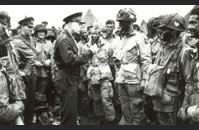


General Eisenhower |
Pointe du Hoc |
Dog Red Omaha |
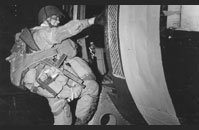


D-Day Paratrooper |
LCVP Utah |
Omaha D-Day |



LCT Utah |
Dog Red Omaha #2 |
LCVP Beachhead |



Omaha Beach |
Allied Armada |
Army Nurse |



D-Day LCVP |
Mulberry |
Barrage Ballons |
Videos for Download:
NOTE: Videos may take several minutes to download depending on your browser and device. If videos don't automatically download, try right-clicking to download the file.
Please credit all video "Courtesy of The National WWII Museum."

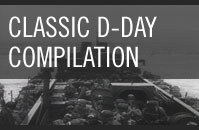


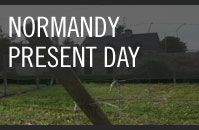
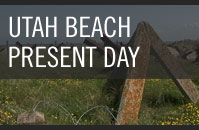
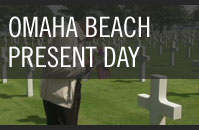
D-Day Press Releases and Fact Sheet:



Historical Background:







